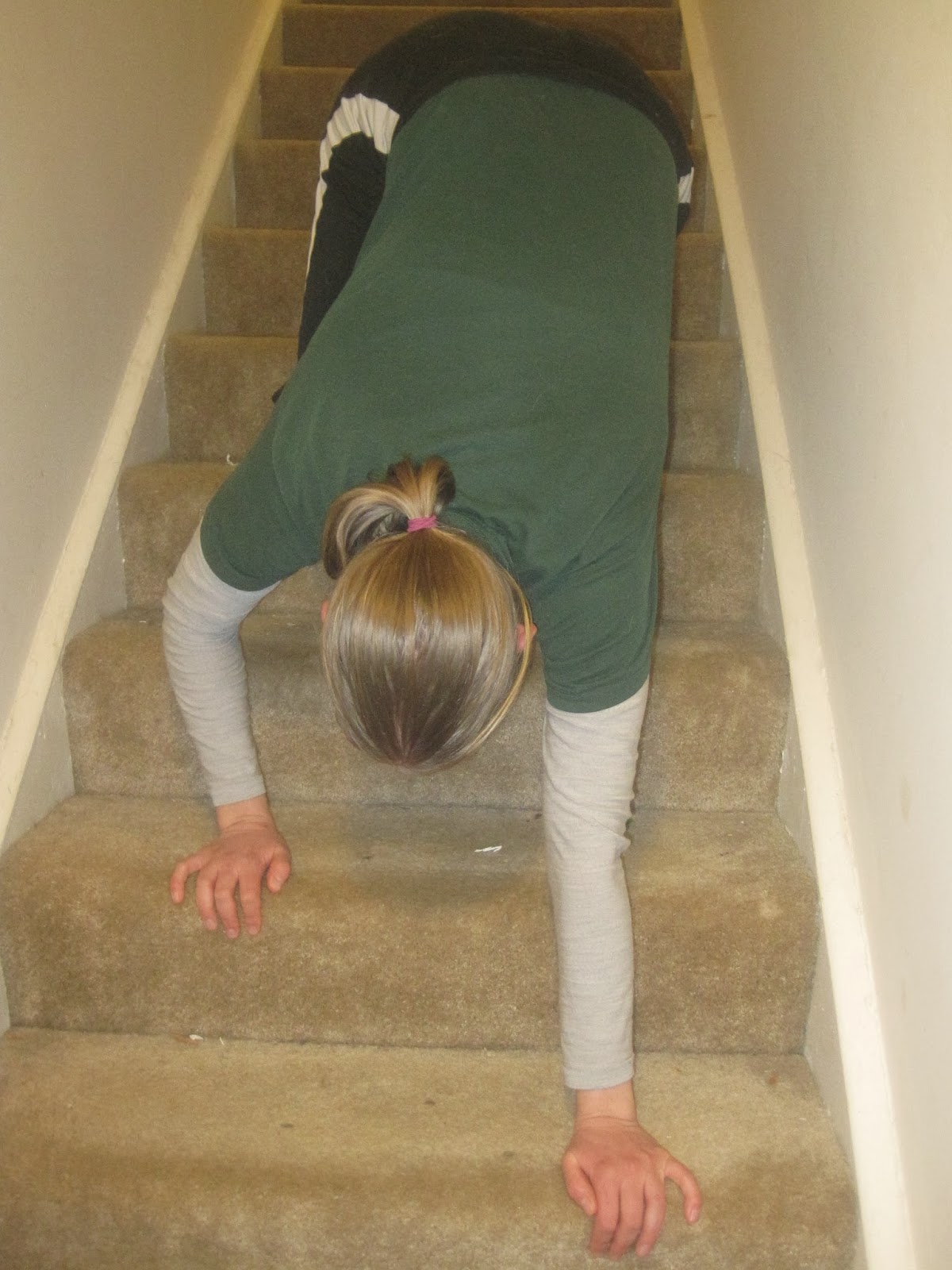Once you’ve been using TAGteach long enough, it starts invading your thoughts!
 First, it starts creeping into how you interpret other’s teaching. In a riding lesson the other day, I was on a horse I’d never ridden before, so I fell into old nervous habits like lowering my hands to be ready to grab his mane. After being reminded a few times to keep the reins shorter, I found myself thinking, “Ok, tag point is: Shoulders back.” This brought my hands and elbows off of the horse’s neck and up where they should be without having to keep shortening the reins over and over again.
First, it starts creeping into how you interpret other’s teaching. In a riding lesson the other day, I was on a horse I’d never ridden before, so I fell into old nervous habits like lowering my hands to be ready to grab his mane. After being reminded a few times to keep the reins shorter, I found myself thinking, “Ok, tag point is: Shoulders back.” This brought my hands and elbows off of the horse’s neck and up where they should be without having to keep shortening the reins over and over again.
After it’s entrenched in your interpretations of others’ directions, it starts sliding into your own problems. As I was doing a conditioning session with some friends, I found I was “cheating” too much when doing assisted pistols. I thought, “how can I fix this and get better form? Tag point is: weight in heels.” It worked! I was able to push correctly with my legs and not use weird form to make the exercise easier.
Tag-think is pretty amazing - it can simplify things when you’re struggling to fix a position or understand what someone is telling you to do. Here’s some ways to integrate Tag-Think into your life!
1. Syphon other’s instructions into tag points.
Some really good teachers can use TAGteach and not realize it - narrowing their lessons into a focus point or explaining things and then cutting it down to useful bits that very much mirror tag points. Others, well, not so much. They’ll explain things until your eyes glaze over and you forget what you were supposed to learn. This method can work with both!
When a teacher explains something, think about a few things:
- what they want you to do
- how they’re suggesting you go about it
- what is one specific thing you can focus on to accomplish that, or at least closer to accomplishing that? (tag points!)
Not everything can be fixed with one tag point. Each step or movement probably can be broken down into several. It can take time to learn the tag points that will work magically fix everything, but if you’re always thinking in tag, it gets easier.
Make sure you’re using good teaching principles for yourself, too! When you’re trying to, say, fix your own form doing a difficult squat variation, don’t think: well, I have to use this muscle and that one and not twist around and lose my balance or throw my arms around to get up more easily…. I’m doing it wrong! Try to think: I want to do this squat correctly. I tend to lean forward and lose balance, how can I correct that? What tag point do I need? If your tag point doesn’t work, don’t despair! Think of a different one! If you can’t figure out a Tag Point just on your own, try watching someone else doing what you’re trying to do, and look for the key movements. You can also phone-a-friend and ask someone to watch you do it and give you a Tag Point!
3. Use the Focus Funnel
You want to teach something complicated, but your audience is not familiar with tagging, or you just don’t have a clicker. No biggie! Use the focus funnel: lesson, instructions, tag points. Start out by explaining the whole idea behind what you’re doing; this is the lesson. Then the instructions, where you explain what you want your learner to do. Finally, the “tag points,” exactly what you want your learner to do, in 5 words or less. This is essentially tag, but you don’t need to use tag language or a clicker to get your lesson across effectively. Also, you don’t need to get all the way down to tag points when explaining something that isn’t ending with giving clear, precise instructions. Just keeping the focus funnel in mind while discussing most anything can help you get to the important bits and keep from bogging them down with too much information.
Using these, you can hopefully make any interactions with others more rewarding for yourself and the other person using the power of positive reinforcement! Or, well, maybe just less frustrating. Either way, integrating TAGteach into the way you think can have a great effect on how you teach and how you learn. Good luck out there!
Here's an awesome (but LONG) video of TAG in action:
















